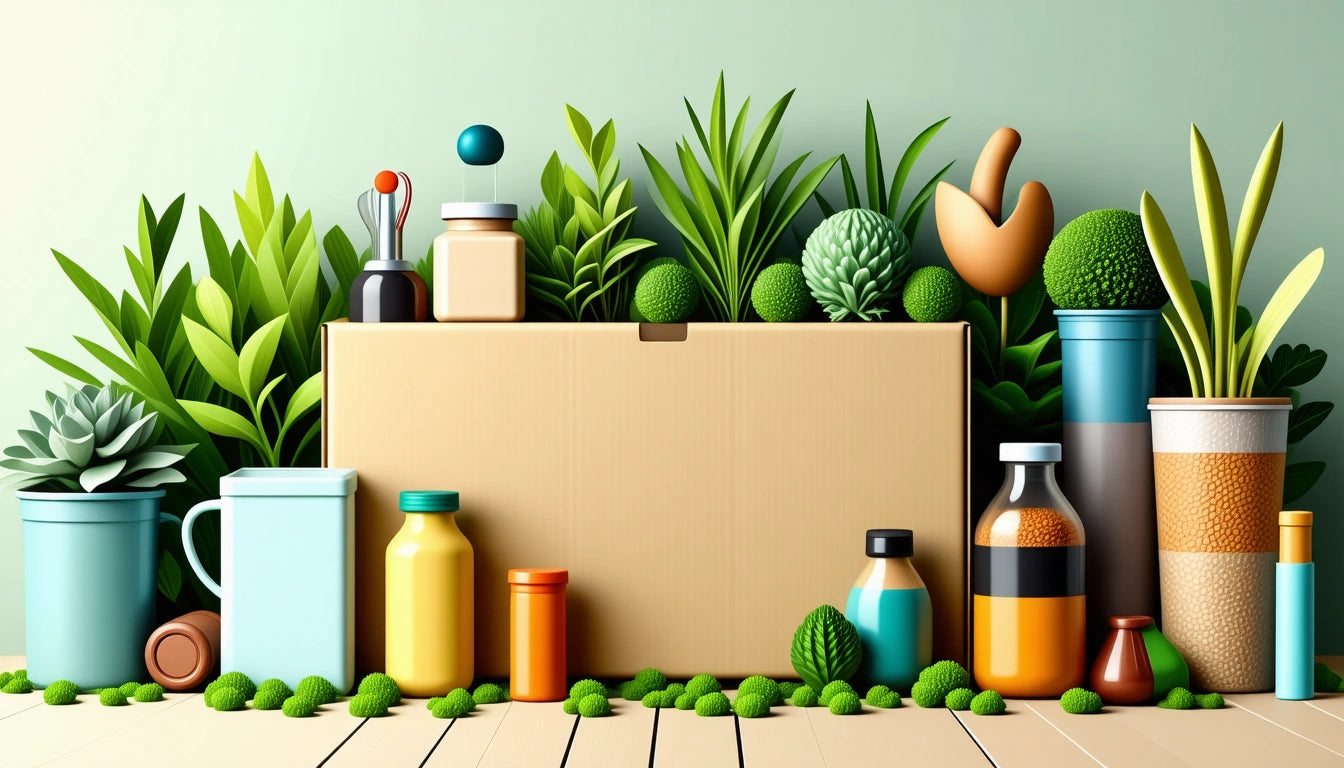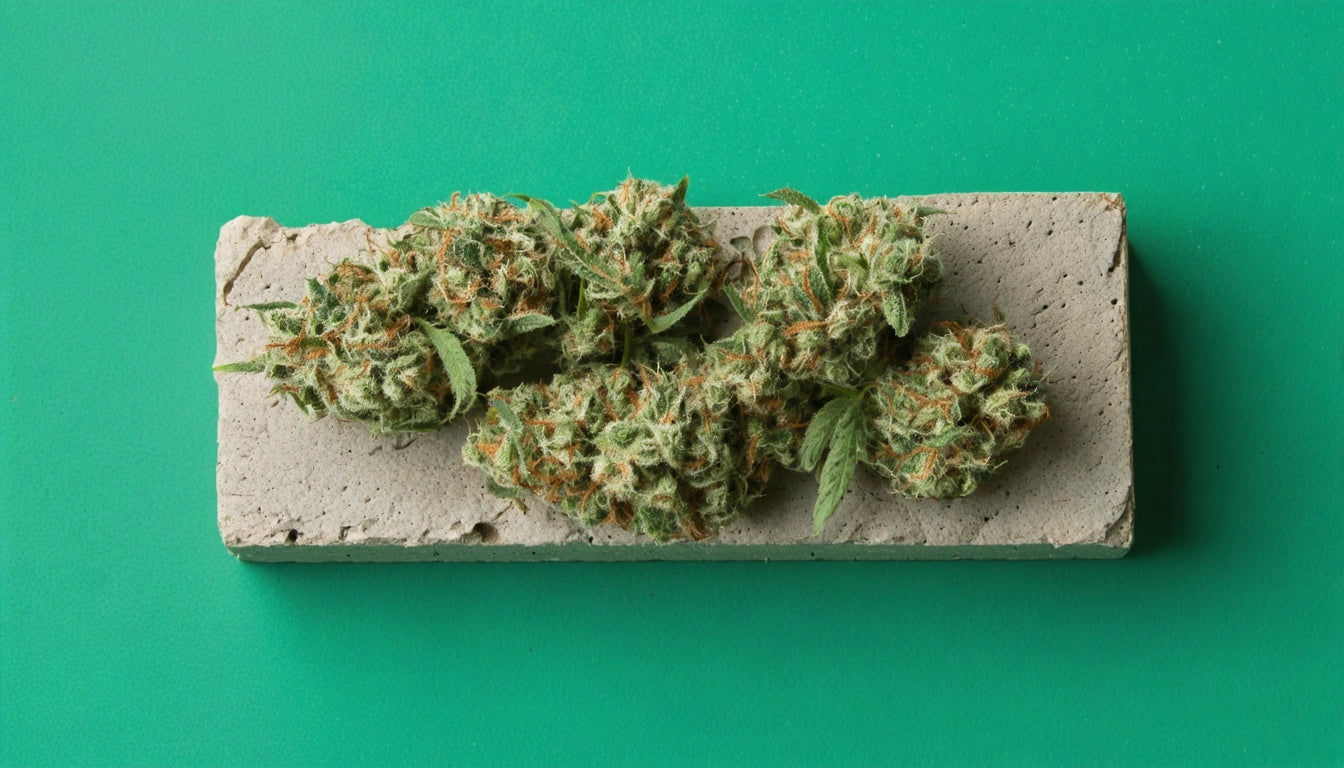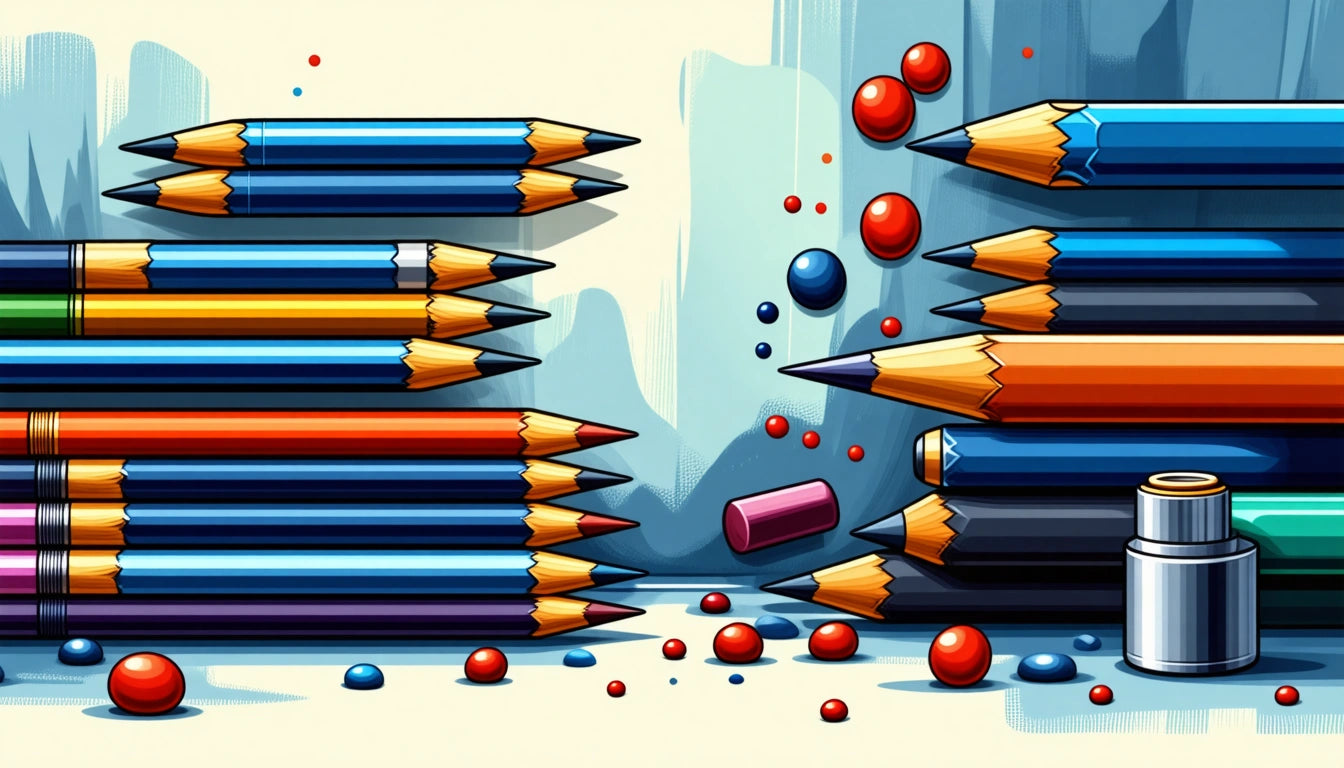Table of Contents
- What is Sustainable Packaging: Definition and Importance
- Sustainable Packaging Materials: Options and Applications
- Packaging Sustainability Trends Shaping the Industry
- Sustainable Packaging Ideas for Businesses
- Best Sustainable Packaging Companies Leading Innovation
- Making Packaging More Sustainable: Practical Approaches
- The Road Ahead for Sustainable Packaging Solutions
The Future of Sustainable Packaging: Trends, Materials, and Innovations
As environmental concerns grow and consumer preferences shift, sustainable packaging has moved from a niche interest to a mainstream necessity. Companies across industries are reimagining their packaging strategies to reduce environmental impact while maintaining functionality and appeal. This comprehensive guide explores what is sustainable packaging design, current trends, innovative materials, and practical implementation strategies.
What is Sustainable Packaging: Definition and Importance
Sustainable packaging refers to the development and use of packaging solutions that have minimal environmental impact throughout their lifecycle. This encompasses materials sourced responsibly, manufacturing processes that reduce carbon footprint, designs that optimize material usage, and end-of-life scenarios that favor recycling, composting, or biodegradation over landfill disposal.
The importance of sustainable packaging extends beyond environmental benefits. According to industry trend analysis, companies embracing sustainable packaging often see improved brand perception, customer loyalty, and even cost savings through material efficiency and waste reduction.
Sustainable Packaging Materials: Options and Applications
Biodegradable and Compostable Materials
What are sustainable packaging materials gaining traction? Biodegradable options like PLA (polylactic acid), bagasse (sugarcane fiber), and mushroom packaging offer alternatives to traditional plastics. These materials break down naturally under specific conditions, reducing long-term environmental impact.
Recycled and Recyclable Solutions
Post-consumer recycled (PCR) plastics, recycled paperboard, and aluminum continue to be staples in sustainable packaging portfolios. These materials give new life to existing resources and can often be recycled again, creating a more circular economy.
Innovative Bio-based Materials
Emerging bio-based materials derived from seaweed, agricultural waste, and even milk proteins represent the cutting edge of sustainable packaging innovation. These materials often require fewer resources to produce and can offer unique functional properties.
Packaging Sustainability Trends Shaping the Industry
Sustainable packaging trends reflect both technological advancements and shifting consumer expectations. Industry innovations show several key developments:
- Minimalist design approaches that reduce material usage
- Mono-material packaging that simplifies recycling processes
- Water-soluble packaging for appropriate product categories
- Reusable and refillable packaging systems that extend useful life
- Smart packaging technologies that reduce food waste and improve efficiency
These trends represent a fundamental shift in how packaging is conceptualized, moving from single-use disposability to models that emphasize longevity, reusability, and circularity.
Sustainable Packaging Ideas for Businesses
Implementing sustainable packaging requires creativity and strategic thinking. Eco-friendly packaging ideas that businesses can consider include:
Right-sizing Packages
Eliminating excess space in packaging reduces material use and shipping costs. Custom-sized packaging or adjustable designs can accommodate products efficiently without waste.
Plant-based Inks and Adhesives
Traditional printing inks and adhesives often contain harmful chemicals. Plant-based alternatives reduce toxicity and improve recyclability of the overall package.
Innovative Structural Design
Designs that eliminate the need for additional materials, such as plastic windows or separate components, simplify both manufacturing and end-of-life processing.
Best Sustainable Packaging Companies Leading Innovation
Several companies stand out for their commitment to sustainable packaging innovation. These industry leaders are setting benchmarks through material science, design thinking, and supply chain integration:
- Pioneering companies developing plastic-free alternatives from natural materials
- Established packaging firms investing in closed-loop recycling systems
- Startups creating compostable packaging with performance comparable to conventional plastics
- Design studios specializing in zero-waste packaging solutions
These organizations demonstrate that sustainable packaging can be both environmentally responsible and commercially viable, providing models for wider industry adoption.
Making Packaging More Sustainable: Practical Approaches
How to make packaging more sustainable involves a comprehensive approach that considers the entire lifecycle. Effective strategies include:
Lifecycle Assessment
Conducting thorough lifecycle assessments helps identify environmental hotspots in packaging systems and prioritize improvement efforts.
Material Selection and Reduction
Choosing materials with lower environmental impacts and using less material overall represent fundamental sustainability strategies.
Design for Recycling or Composting
Creating packaging with end-of-life scenarios in mind improves recovery rates and reduces landfill waste. This includes clear consumer instructions and compatibility with existing recycling infrastructure.
Supplier Collaboration
Working closely with suppliers to improve sourcing practices and manufacturing processes extends sustainability efforts throughout the value chain.
For smaller businesses with limited resources, cost-effective sustainable packaging solutions can provide accessible entry points to more environmentally responsible practices.
The Road Ahead for Sustainable Packaging Solutions
The future of sustainable packaging lies at the intersection of innovation, policy, and consumer behavior. Emerging technologies like advanced biodegradable polymers, carbon-negative materials, and AI-optimized design tools promise to further reduce environmental impacts.
Regulatory frameworks are also evolving, with extended producer responsibility programs, plastic taxes, and material bans creating stronger incentives for sustainable packaging adoption. Meanwhile, consumers increasingly expect brands to demonstrate environmental responsibility through their packaging choices.
As explored in comprehensive packaging design guides, the most successful sustainable packaging strategies will balance environmental performance with practical considerations like cost, durability, and consumer acceptance.
By embracing sustainable packaging as a core business priority rather than a marketing feature, companies can contribute to environmental solutions while positioning themselves for success in an increasingly sustainability-focused marketplace.











Leave a comment
All comments are moderated before being published.
This site is protected by hCaptcha and the hCaptcha Privacy Policy and Terms of Service apply.